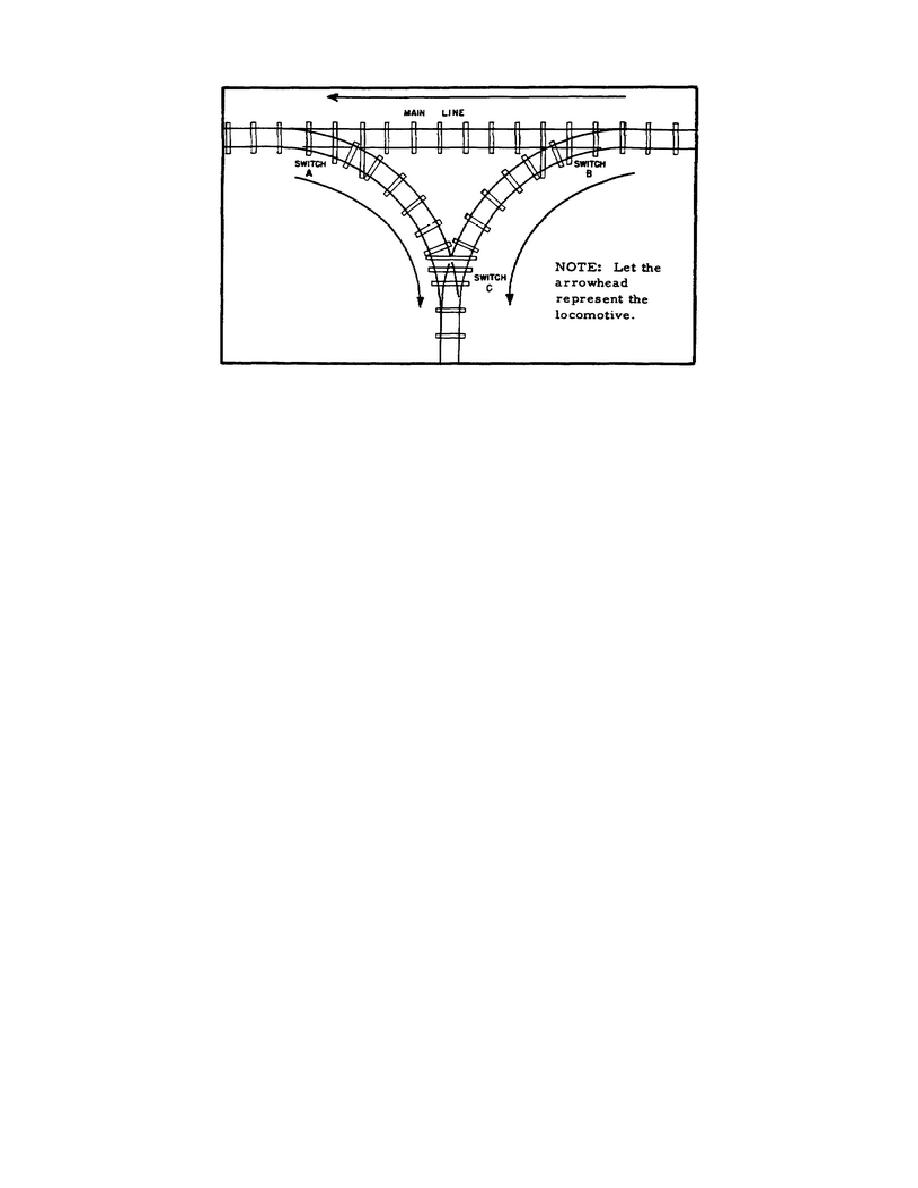
men for use in forward areas. Since the phase used depends upon the
existing situation, the order in which the phases are put into effect
does not follow a set pattern. They are discussed in paragraphs 1.6,
1.7, and 1.8.
1.6. PHASE I
Carried on exclusively by the military, phase I operation is
normally used in combat areas or immediately following the successful
establishment of a lodgment.
In a military sense, lodgment means
occupying and holding a position in hostile territory; for example,
gaining a beachhead. Phase I operation is used more often in or near
the combat zone when effective control and operation of existing
lines can be insured only by having railroad troops under a unified
command.
Using phase I operation in forward areas and at the
beginning of an operation is required, because under the Geneva
Convention civilians cannot work in combat zones, and the use of
civilians poses language difficulties.
Also, using only military
railroaders insures the security of railways in forward areas.
Security demands that military men be used because they are trained
and disciplined; they obey and respond to orders immediately. Phase
I operation may be continued indefinitely in areas critical to
military operation, such as ports, key terminals, or lines with
limited capacity.
Normally, phase I operation is in effect for
all the
geographical area of a theater subject to enemy action.
Look at
figure 1.1;
9



 Previous Page
Previous Page
